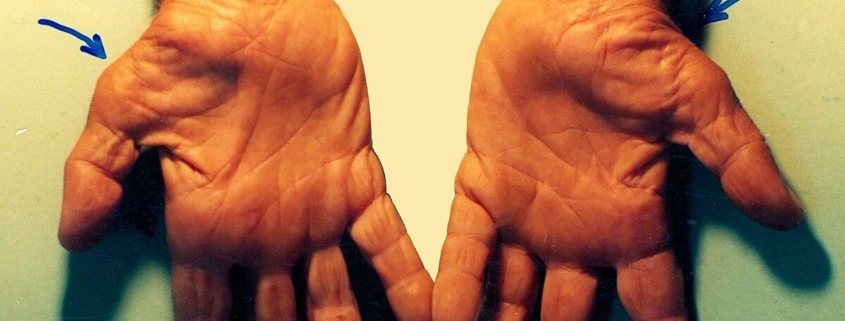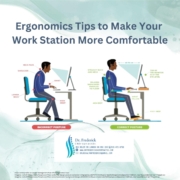Carpal Tunnel Syndrome: Relief for Hand and Wrist Pain
Carpal Tunnel Syndrome (CTS) is a common problem that causes pain, numbness, and tingling in your hand and wrist. It affects your musculoskeletal health, impacting how you use your hands for everyday tasks.Understanding CTS and taking steps to prevent it can help you maintain healthy, pain-free hands and wrists.
What is Carpal Tunnel Syndrome?
The carpal tunnel is a narrow passageway in your wrist, surrounded by bones and ligaments.It protects the median nerve, which provides feeling and movement to parts of your hand. CTS happens when the median nerve gets squeezed or compressed within the carpal tunnel.
Preventing Carpal tunnel Syndrome: Taking Control of Your Wrist Health
While some risk factors for CTS, like genetics and certain medical conditions, are beyond our control, many preventative measures can considerably reduce your risk. Here’s how you can protect your wrists:
1. Maintain Proper Posture and Wrist Position:
Neutral Wrist Position: keep your wrists straight or slightly extended,avoiding prolonged bending or flexing,especially when typing,using a mouse,or performing repetitive tasks.Imagine your wrist is an extension of your forearm, not bent up or down.
Ergonomic Setup: Ensure your workstation is set up correctly. Your keyboard and mouse should be positioned so your wrists are straight, and your elbows are bent at a 90-degree angle.
Take Breaks: Regular breaks are crucial. Every 30-60 minutes, stand up, stretch your wrists and hands, and gently shake them out. This helps improve blood flow and reduce pressure on the median nerve.
2. Minimize Repetitive Motions and Forceful Grips:
Vary Your Activities: If your job or hobbies involve repetitive hand movements, try to vary your tasks throughout the day. this gives your wrists a chance to rest and recover.
use Proper Tools: Use tools designed to minimize strain on your wrists. For example, use ergonomic keyboards, mice, and gardening tools with padded handles.
Lighten Your grip: Avoid gripping objects too tightly. Use a relaxed grip whenever possible. think about holding a baby bird – firm enough to keep it safe, but gentle enough not to hurt it.
3. Manage Underlying Health Conditions:
Diabetes: Properly managing diabetes can help prevent nerve damage, which can contribute to CTS.
Arthritis: Managing arthritis can reduce inflammation and pain, which can indirectly help prevent CTS.
Thyroid Issues: Addressing thyroid problems can help regulate fluid balance in the body, potentially reducing pressure on the median nerve.
4. Promote Overall Hand and Wrist Health:
Stretching exercises: Regularly stretch your wrists and fingers. Simple stretches like wrist flexion, extension, and circles can definitely help keep your wrists flexible and reduce pressure on the median nerve.
Strengthening Exercises: Strengthening exercises can improve wrist stability and support. Squeezing a stress ball or using hand grips can be helpful.
Maintain a Healthy Weight: Being overweight or obese can increase your risk of developing CTS. Maintaining a healthy weight through diet and exercise can help reduce this risk.
5. Listen to Your body:
Early Intervention: Pay attention to any early signs of CTS, such as occasional numbness, tingling, or pain. Addressing these symptoms early can prevent the condition from worsening.
Seek Medical Advice: If you experience persistent symptoms, consult a healthcare professional. They can diagnose the problem and recommend appropriate treatment options.
Key Takeaways for healthy Wrists
Preventing Carpal Tunnel Syndrome involves a combination of lifestyle changes and mindful practices. remember to:
maintain proper posture and wrist position.
Minimize repetitive motions and forceful grips.
Manage underlying health conditions.
Promote overall hand and wrist health through stretching and strengthening exercises.
* Listen to your body and seek medical advice if needed.
For more details on carpal tunnel Syndrome and other musculoskeletal conditions, visit the [link to relevant page on ArthurCare website, e.g., Hand & Wrist Conditions page]. You can also find helpful resources at the [link to external resource, e.g.,American Academy of orthopaedic Surgeons website]. Taking proactive steps today can definitely help you maintain healthy, pain-free hands and wrists for years to come.









